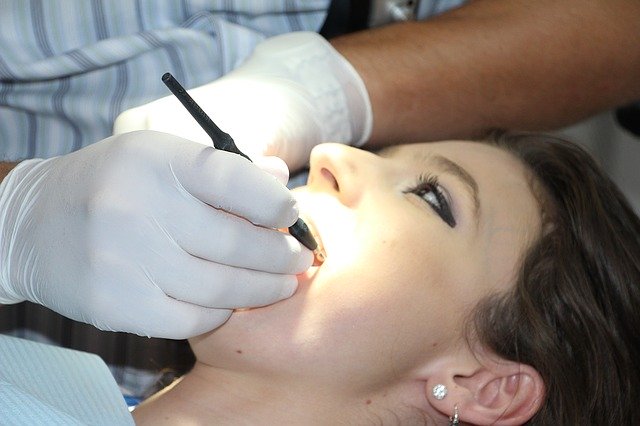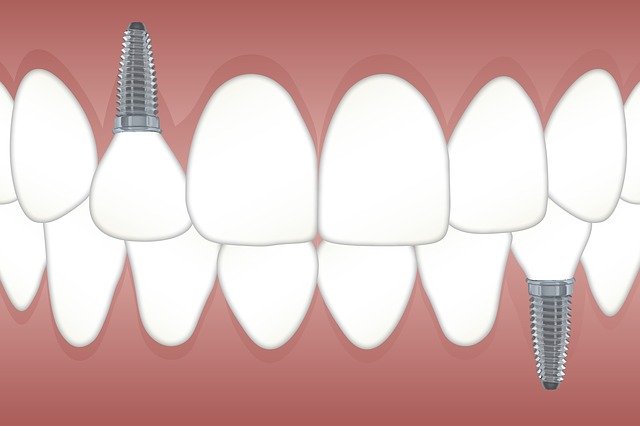Dental pulp is the center most soft part of the tooth. It houses connective tissues, blood vessels and nerves. Therefore, it is a very delicate and an important part of the tooth structure. The pulp is susceptible to infection and decay. When this happens, a root canal is an effective remedy. So, what is a root canal and crown procedure?
What is a Root Canal and Crown Procedure?
This post has all the answers you need about root canal and crown procedure. Specifically, you will know if you need a root canal as well how the procedure is done. Do you want to know more? Keep reading.

What Exactly is a Root Canal and Crown Procedure?
It is the treatment of the dental pulp when it is infected, dead, or inflamed. The procedure is performed by an endodontist or a dentist. The process involves removing all the pulp and filling up the empty space to prevent any future attack by bacteria. This process is much better than having to go to the extreme of getting a dental implant.
Telltale Signs of Whether You Need a Root Canal
A lot of things can damage the dental pulp. In most cases, pain is the first sign. However, in some instances you will not get any warning or symptoms. That does not mean you cannot tell when you need a root canal procedure. For your heads up, here are signs you should be on the lookout for:
- Pain: This is the general symptom for any tooth problem. However, the pain from a tooth in need of a root canal treatment is very specific. The pain comes in the form of sensitivity to cold or hot substances you put into the mouth. The sensitivity tends to lurk around for a long time even after you remove the hot or cold substance. The pain can as well be random even when you are not eating something hot or cold. In some cases, you will experience headaches.
- Abscess: It is an infection that leads to the formation of pus pockets in the space left by dead pulp. When the pus pockets become big, they will form pimples on the gums. It is possible you will notice some pus or bad taste when the pimples break. The infection should be dealt with immediately because it can spread and affect the jaw bone.
- Fracture: It is not all fractures that will require canal treatment. The fracture has to be deep into the pulp for this kind of treatment.
- Deep cavities: Tooth decay that digs deep into the inner parts has a probability of reaching the pulp. The decay affects the nerves, blood vessels and the tissue in the pulp. Root canal needs to be done to remove the dead pulp and prevent the decay from spreading to other teeth. This is apparent in children if they eat lots of sugary foods that tend to cause cavities. Hence, it’s important to look into healthy tips for kids so that not only do they keep their bodies healthy, but their teeth as well.
How is Root Canal Treatment Done?
First, the dentist has to confirm whether or not you need the procedure. It can be through an x-ray or any other recommended tooth health tests. The procedure can be done in one or two sessions. Each session can last for 90 minutes depending on the damage to your tooth. Health insurance can help a lot in this situation as well.
Bottom Line
A lot of people ask: what is a root canal and crown procedure? Well, you now have the answers. If you have any of the symptoms discussed here, it is time to see your dentist. Do not wait until you’re seeing some of the symptoms mentioned because you are putting your dental health in danger.






